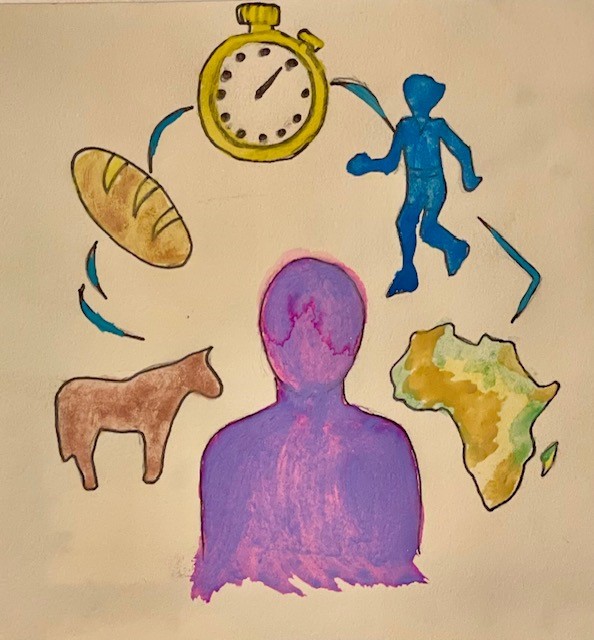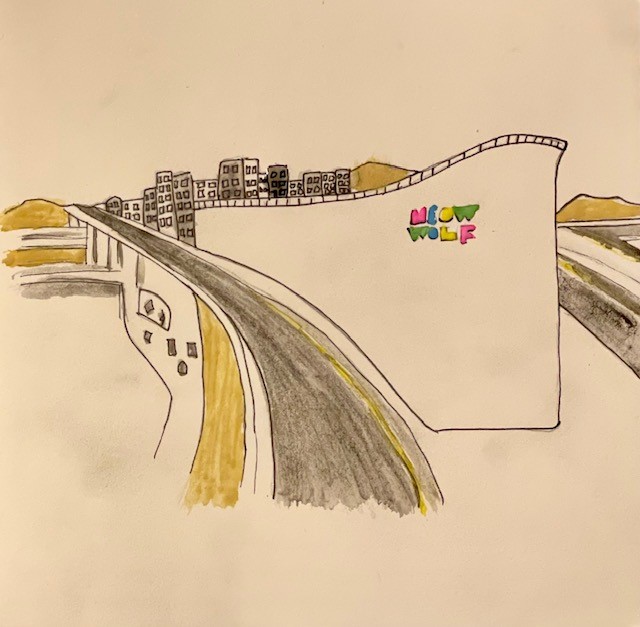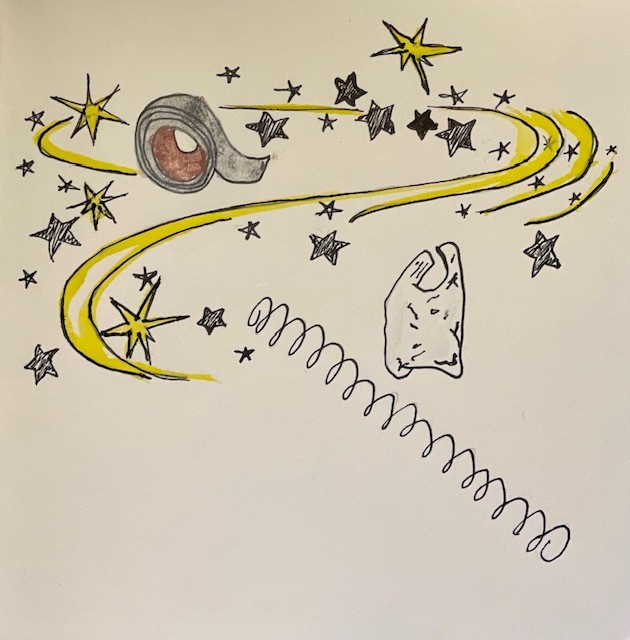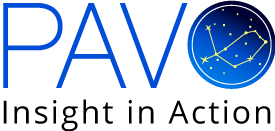I have to admit, I wasted an entire morning the other day.
I had blocked off a huge swath of time for some focused work and was “supposed” to be finalizing a project. I “should” have felt some urgency to nail it all down. I had a deadline coming up, I care about the content, and I really like the people and the organization I was going to be sharing it with.
But instead of polishing, I meandered.
I Googled gluten free food in Nairobi, I donated to a Fun Run that wasn’t happening for another week, I looked for the closest place to my home where I could ride someone else’s horse.
And from my coaching conversations, I know I’m not alone. A lot of us just get off the rails of our intention and indulge in distraction, even while telling ourselves we shouldn’t be doing it. Maybe this has happened to you recently, especially as the days get shorter and the weather gets colder.

I realized later I only needed an hour to put the finishing touches on the project. And I had given myself three. Three languid hours to feel no pressure whatsoever.
Which made me think of every cliché my high school guidance counselor ever shared with me: A little stress is actually good for you. If you want something done, give it to a busy person. Creativity loves constraint. Break any large project into small parts.
Don’t I, myself, consistently set a timer to clean a lot in a short period of time because I once read about the strategy in a lifestyle magazine? (And, OK, because it makes me feel like I’m on some kind of bizarre game show, which makes the loathsome task of cleaning significantly more fun?)
And this is true for a lot of us. We’re so keenly aware of when it feels like we don’t have enough time, we often forget that too much time – or anything else – can rob us of our impact. Like the intensity of water spraying out of a firehose being diminished when spread out a mile wide.
Restrictions help us focus and be even more thoughtful.
Take, for example, one of my coaching clients who was mired in the rigidity of her extensive workload and the rapidly approaching presentation she needed to make to unveil her proposed new sales model. After reflecting, she realized that the gift in those limitations were both an invitation to curb her own overthinking and an incentive to collaborate. Instead of having everything figured out in advance to be conveyed to her internal stakeholders in a perfectly honed presentation, she anchored her priorities, and then requested and listened to others’ ideas. As a consequence, the stakeholders were riveted. They participated instead of passively listening and feeling like they were being talked at. They had genuine ownership, so the resulting model was far better for the organization and included far more buy-in than it would have had my client had the time she originally wanted to present an airtight proposal on her own.
While at first glance it can seem like these constraints make things harder, they often lead us not only to more efficiency, but also to better solutions because we’re forced to think in new ways and engage at higher levels.
Just look at the phenomenon of the 6-word story that’s credited to Hemingway and persists in writing exercises around the world. Or remember that while Michelangelo was painting the Sistine Chapel, he also invented a new type of scaffolding that’s still in use today because he had to in orderto reach the incredibly high ceiling (while also staying within his demanding timeline which just happened to be overseen by, you know, the Pope). Or closer to our time and my home, look at the recent Meow Wolf building in Denver, built on an odd triangular site that’s pinned in on each side by interstates and high-traffic parkways and avenues, so the inventive structure rises out of a convergence of roads and overpasses so congested we used to call it the Mouse Trap.

While these might seem lofty comparisons to my own basement office experience, most of us can relate to the surprising innovation that comes from constraint (that brilliant paper in grad school written during an all-nighter, the ingenious idea to use chocolate chip cookies as spoons when we were on a road trip and for some reason had ice cream in a cooler that was melting).
It’s this principle that constraints can improve concentration, productivity, and creativity that underpins the Pomodoro Technique and the idea of giving ourselves deadlines – or partnering with a friend to hold one other accountable to deadlines…even if we’ve invented them. Doing so allows us to accomplish more in less time, and then move on to other aspects of our work and lives, rather than letting projects needlessly sprawl for hours or days without any boundaries to contain them.
And this isn’t just more efficient, it’s more effective, too.

What solutions might we all come up with if – like MacGuyver, say, or the engineers supporting Apollo 13 – we only had the spring from a ballpoint pen, a plastic bag, some duct tape, and the foil wrapper from a stick of gum? What creative means might we devise if we only allowed ourselves $50 of fun each month or dropped our project’s budget? Or used fewer resources purchased only from locally owned businesses? Or just involved two team members on a project instead of five?
What if instead of reacting to external limitations we experimented with creating some of our own? And then – black belt maneuver – what if we used all the time and energy we gained to take a break and reconnect with our people and passions…which, it turns out, also helps us focus and be more creative and productive?
